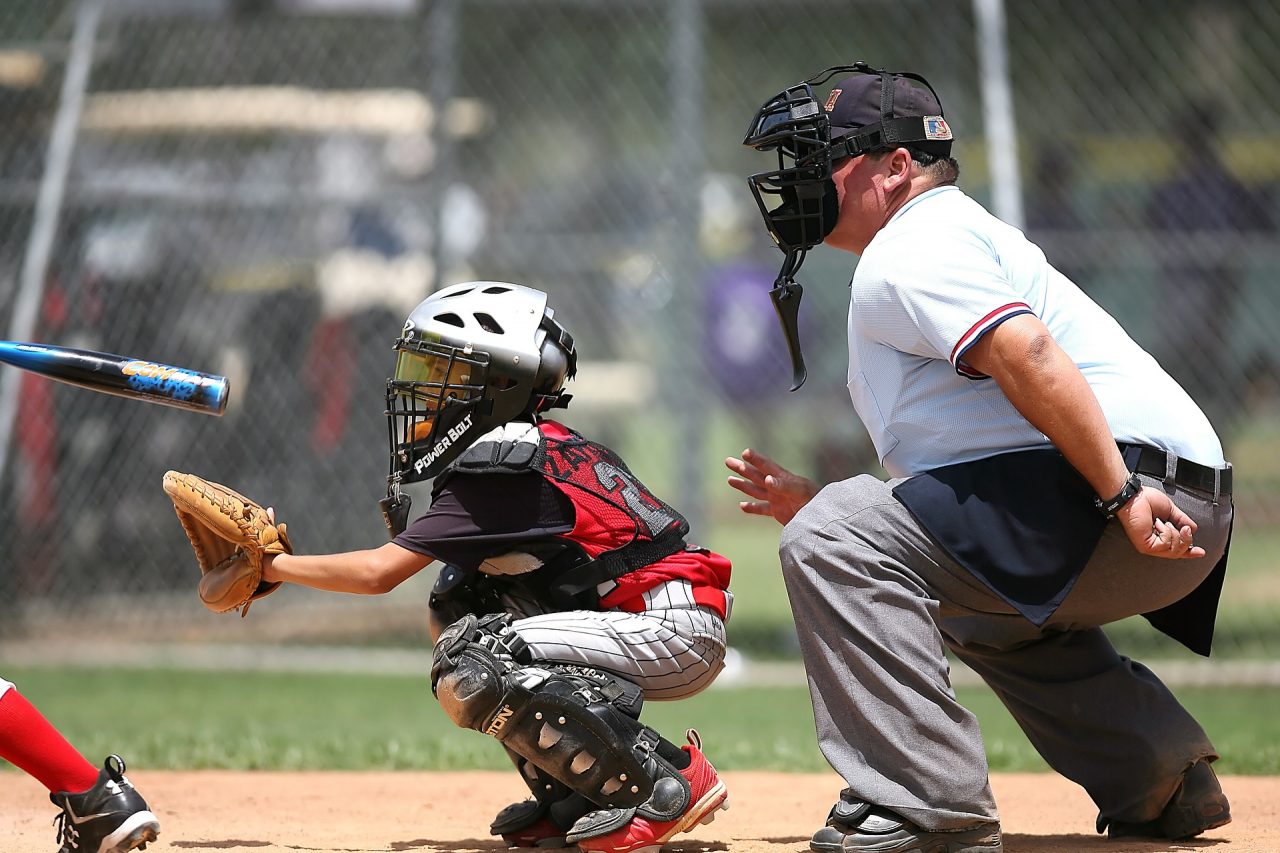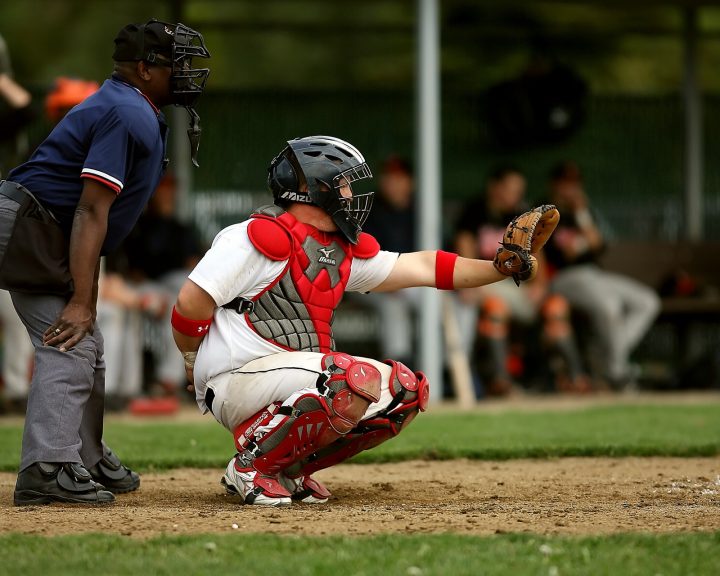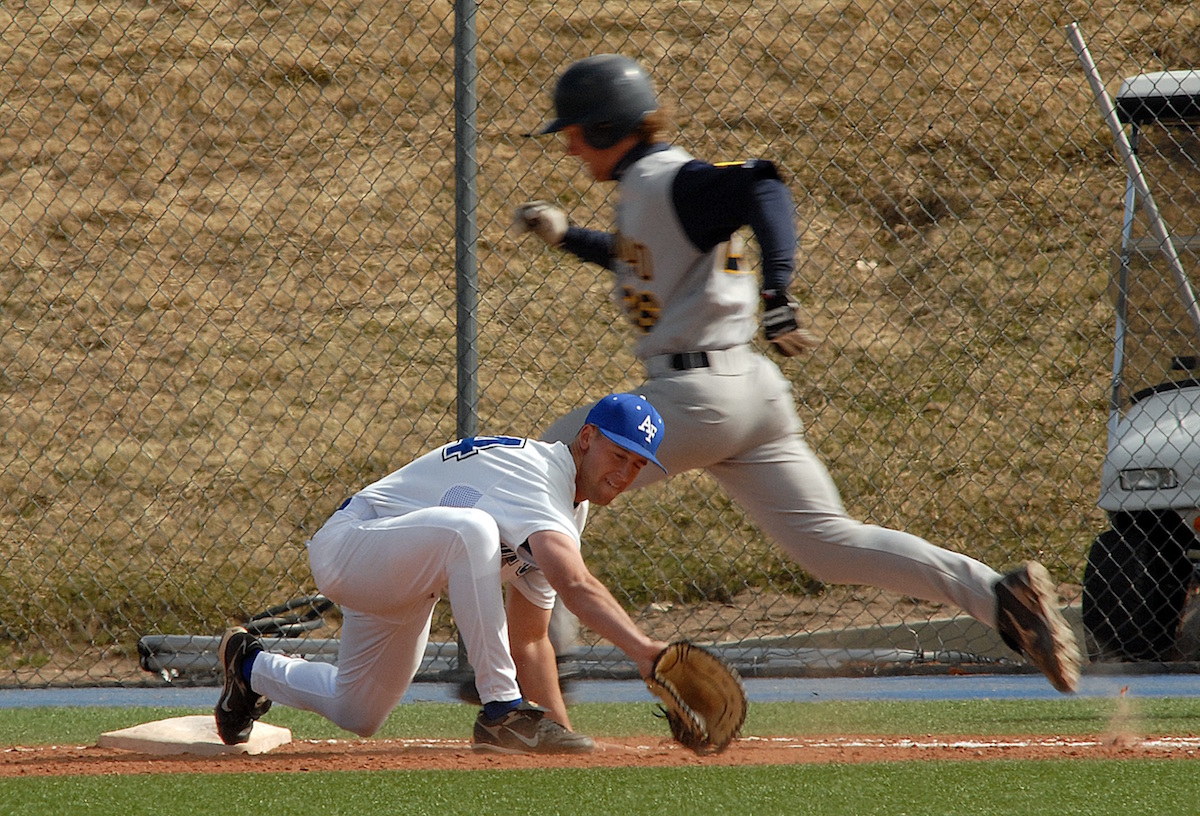As a youth baseball coach, one of my goals is to give my athletes the skills and knowledge to be able to play in high school if they want. This means that they have to be given the opportunities to do these things. As coaches, we often want to protect athletes from mistakes by making all the decisions for them and this hurts their long-term development.
One of the areas where this happens is with catchers. The catcher has a huge role in the defense of the team. One of the places where the catcher has a huge role is with calling the pitches and the pick offs to the pitcher.
With youth baseball, this is something that has to evolve over time as the pitching evolves. I like to start this as soon as the pitchers are actually pitching, so usually at 8 or 9. At first our hope is that the pitcher can get the ball over the plate with something that looks like a pitch. Then we might expect a decently thrown four-seam. Our next stage might be to add a change up and possibly a two-seam. Then we might expect them to begin learning to place their pitches.
So signs follow this development. Initially we have one pitch, which the catcher calls. As we add pick off moves and other pitches the signs expand. They expand again when we add placement to the pitches (e.g. four-seam down the middle). Finally, we may move to distractions combined with an activation sign as the athlete is nearing high school.
Signs are also important for the middle infielders, who need to be taught to watch the signs. This gives them an idea if there is going to be a ground ball hit, where the ball is likely to be hit to, and whether or not there will be a pick-off move coming.
It is important for youth catchers to learn how to call the signs in a way that the other team’s coaches don’t see them from the very beginning. I like to emphasize the catcher having two stances; the first is for the signs and then the second is the athletic stance that they are going to be receiving the ball from.
The sign stance involves the catcher being on their toes and the legs being closer together (see image below) so that they block the view of what the fingers are doing. The catcher should also hold their glove in a way that it interferes with the first or third-base coach being able to see.
Once the pitcher indicates that they understand the sign, the catcher then moves into stance to receive the ball.



